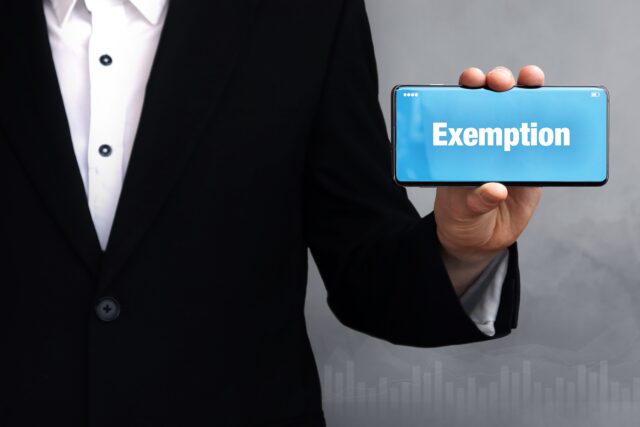If you’re feeling overwhelmed by debt but want to avoid losing your home, car, or other valuable assets, you may be wondering if Chapter 13 bankruptcy is the right path forward. For many South Dakota residents, it offers a structured way to regain financial control without having to liquidate property. But what exactly does the Chapter 13 process involve, and how does it work here in South Dakota? Continue reading and reach out to 605 Bankruptcy to learn more.
The Chapter 13 Bankruptcy Process in South Dakota
Chapter 13 bankruptcy is often referred to as a “wage earner’s plan.” It allows individuals with regular income to propose a plan to repay all or part of their debts over a period of three to five years. Unlike Chapter 7, which wipes out many types of unsecured debt through liquidation, Chapter 13 helps you reorganize your finances and pay back creditors in a more manageable way. For those who are behind on mortgage payments or facing vehicle repossession, this can be a lifeline.
The first step in the Chapter 13 process is meeting with a bankruptcy attorney. This consultation is critical. Your attorney will review your financial situation, explain your options, and determine if Chapter 13 is suitable for your circumstances. Not everyone qualifies, so having someone experienced to evaluate your eligibility can save a lot of time and frustration.
Once it’s determined that Chapter 13 is the right choice, your attorney will begin preparing the petition. This document includes detailed information about your income, expenses, assets, debts, and any recent financial transactions. South Dakota requires this paperwork to be filed with the appropriate federal bankruptcy court, which is part of the District of South Dakota. Once your petition is filed, an automatic stay goes into effect, which immediately stops most collection actions, including foreclosure and wage garnishment.
After filing, you will be required to attend a meeting of creditors, also known as a 341 meeting. This meeting is usually brief and takes place about a month after filing. The bankruptcy trustee will ask questions about your financial situation, and creditors may attend, although they rarely do. Your attorney will be there with you for support.
Next comes the creation and approval of your repayment plan. This plan outlines how much you’ll pay each month and how those payments will be distributed among your creditors. The length of your repayment period will depend on your income and how it compares to the state median. If your income is below the median, the plan typically lasts three years. If it’s above, the plan may extend to five.
Once the court confirms your plan, you’ll begin making monthly payments to the trustee, who will then distribute those funds to creditors. It’s crucial to stay current with these payments. Missing even one can jeopardize the entire case. If circumstances change during the repayment period, such as a job loss or medical emergency, your attorney can help modify the plan.
After successfully completing the repayment plan, any remaining eligible debt is discharged. This means you are no longer legally required to pay it. You’ll emerge from bankruptcy with a fresh financial start, and while your credit may take time to recover, the relief of being debt-free is often worth the effort.
Chapter 13 bankruptcy in South Dakota is not a quick fix, but for many, it’s a powerful tool to reclaim control over their finances. If you’re struggling, you don’t have to face it alone. Contact the knowledgeable and skilled South Dakota bankruptcy lawyers here at 605 Bankruptcy for assistance today.



